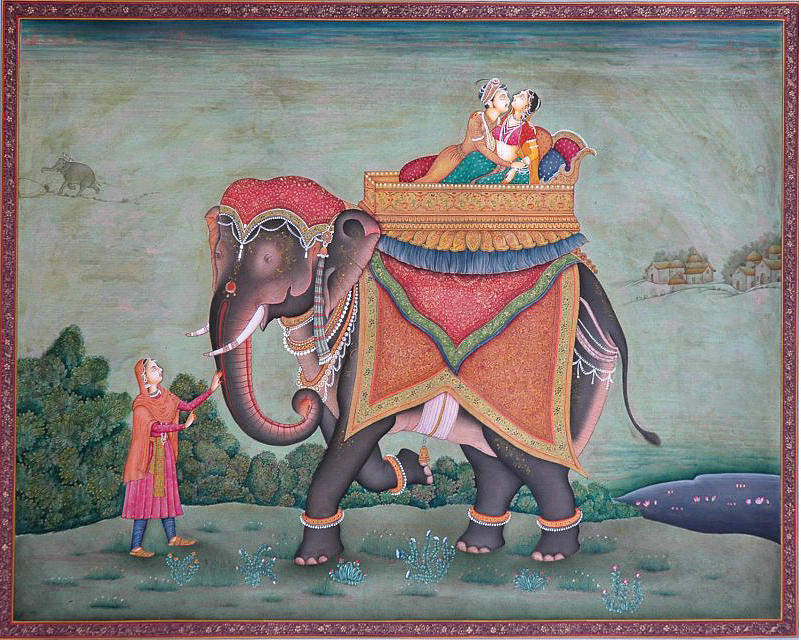The Heart Sutra: Post canonical Buddhist discourse on the profound nature of reality
(Wisdom Tellers) Sept. 27, 2024: This video explores one of Buddhism’s most profound teachings — emptiness (the impersonal nature of all things). The heart in the Heart Sutra is the heart of wisdom. Discover the essence of emptiness, wisdom, and the path to enlightenment as taught in this timeless Mahayana text, chanted the world over with few penetrating its meaning.
#HeartSutra #BuddhasWisdom #MahayanaBuddhism #Emptiness #Shunyata #Enlightenment #Prajnaparamita #BuddhistTeachings #Avalokiteshvara #SpiritualWisdom
An example to explain emptiness
 |
| What is this phenomenon? Interaction of factors |
Constituents.
What does not exist?
Anything apart from those core constituents; there is no separate existence.
All is one?
Perhaps, but what is being said is that a thing is not anything (or is no thing) apart from its constituents (mere supporting causes and conditions).
Can you please give me an example? That sounds crazy.
Yes. Go get a candleflame or envision a real candleflame burning. Now ask, Does it exist?
Of course it exists. Why wouldn't it exist?
Where is it?
It's right here, right here in front of me. Don't you envision it, too?
Yes, but what I see right here is wax, wick, oxygen, heat, and a complex process of combustion. I do not find a candle "flame" itself.
Well, all of that is the candleflame, isn't it?
Is it? There are just those five, so where is the "flame"?
What do you mean, "Where is it?" It's right here!
But here are just five things. And the "flame" is the functional integration of these five. It is not a separate thing at all. It's only an illusion arising from the interdependence of these five. When these five are exhausted or fall away, the illusion of the candle "flame" is no more. It ceases.
What ceases? The flame?
No, the illusion. When it ceases one might ask, Where did it go? Did it go up, down, sideways, north, south, inside, outside?
No, none of those apply, do they? It simply went out, out of existence. It was annihilated. Having been born and created when the candle was lit, it died and ceased to exist.
No. It never was. The illusion fell away. It, not having been, could not cease to be. There were those five, which are not the candle "flame," and now they are no more, their functional integration having ceased.
So that's it?
Oh no, it's much more personal. If this can be said of a candleflame and other things (like constituent parts), what if one were to say it of me, myself, and I?
That's madness!
Madness it may be, but it's true. What is "I" but an illusion arising from five things clung to as "self"?
What five?
Form, feeling, perception, mental formations, and consciousness.
The self has those.
No, those very things are the self, and there's no separate existence for the self apart from them, because they are the changing constituents of self. They cling to the illusion that there is a "self."
The self clings?
No, there is no self. They (the constituents) cling. Just as feelings themselves feel, and consciousness itself is conscious, so an illusion called "self" arises and is clung to, fearing that it might die and be annihilated, wishing that it could be born and last forever.
Okay.
If they are always changing, what can be said about a "permanent" self that endures from moment to moment or life to life or even enduring unchanged through one life?
It's an illusion?
Yes, it's an illusion. ALL things are empty (and illusory) in this way. Moreover, if the mind/heart can know-and-see this in a flash of clarity and insight, one can be free of clinging, free of rebirth, free of all suffering.
That's what Mahayana Buddhism believes?
No, Mahayana doesn't know what it means. That is to say, most Mahayanists do not know what it says. They imagine it means all sorts of other things, unconsciously clinging to thoughts of a self that will be eternalized and free and everlasting and luminous, all sorts of things held over from the Vedic Brahmanical and Hindu way of seeing things.
What is Mahayana?
Let's ask Asangoham to explain that.
- Wisdom Tellers (Video 1), 9/27/24; CC Liu, Dhr. Seven, Amber Larson, Bhante (eds.), Wisdom Quarterly




























































































































































































































































































